When choosing grommets for covers, whether for tarps, banners, tents, or industrial applications, one key decision lies in selecting between metal and plastic grommets. While both types serve the same fundamental purpose of reinforcing holes and providing a secure point for fasteners. Their distinct characteristics make them suitable for different needs. This blog will explore plastic vs. metal grommets comparison ideas, focusing on durability, weather resistance, rust prevention, and environmental suitability.
Durability – Strength and Longevity
Durability of metal grommets vs. plastic is a primary concern, as they need to withstand significant wear and tear over time. Metal grommets are typically made from brass, stainless steel, or aluminium, which are known for their strength and resilience. They can handle substantial tension, making them ideal for heavy-duty applications.
For example, heavy-duty tarps used in construction sites or large industrial covers often benefit from the robustness of metal grommets. Brass and stainless steel offer excellent resistance to deformation, ensuring that the grommets maintain their integrity even under high stress.
On the other hand, plastic grommets, made from nylon or polypropylene, are less durable than their metal counterparts. While they can perform well under moderate strain, they are more prone to cracking or breaking when subjected to high tension or heavy loads. However, advancements in technology have produced high-grade plastics that can rival metal grommets in some applications, particularly in lightweight outdoor furniture covers or banners.
Considering strength and longevity as top priorities, durability is one of the advantages of metal grommets over plastic. However, using plastic grommets for lightweight covers can be a cost-effective alternative.
Weather Resistance – Battling the Elements
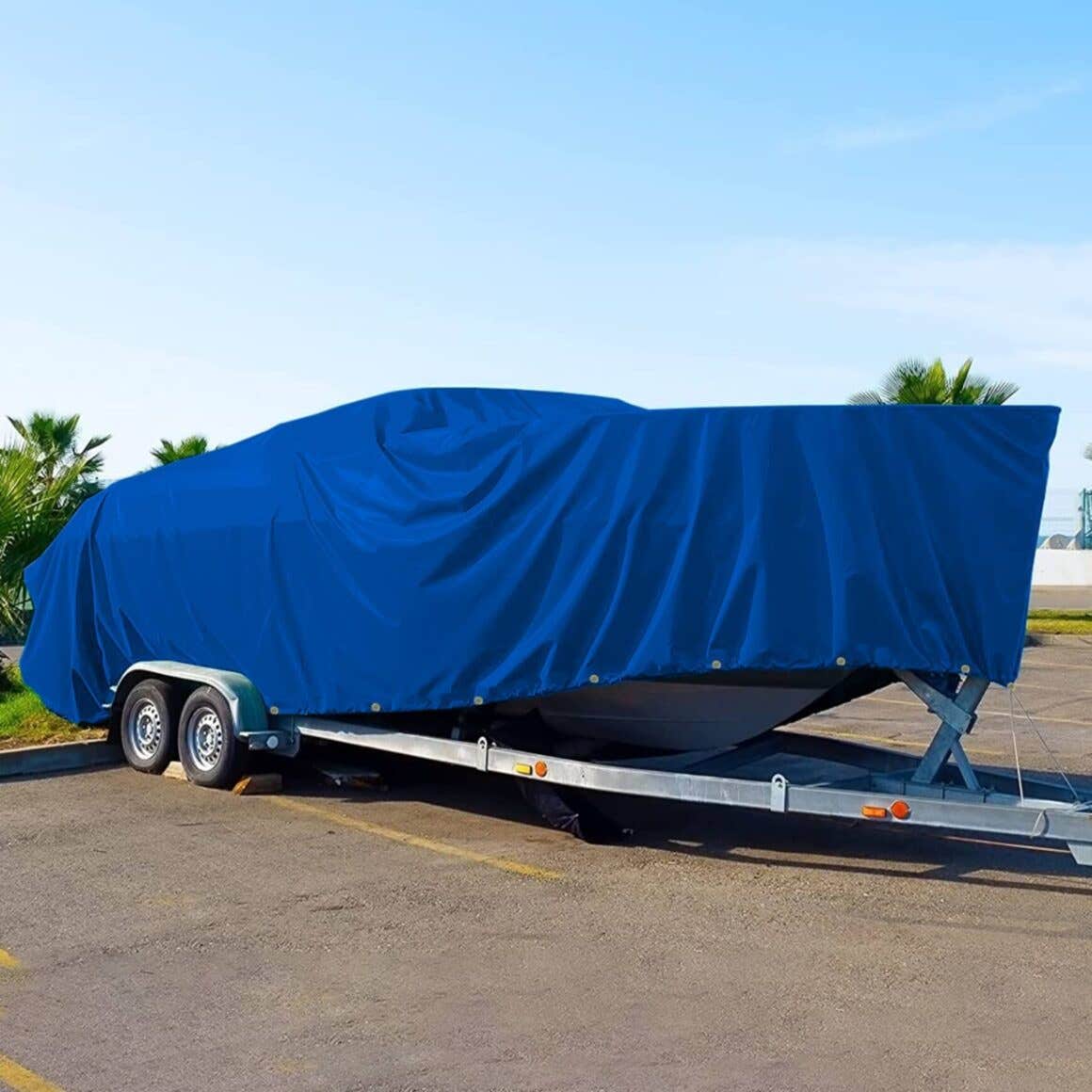
Weather resistance is critical, especially for outdoor covers exposed to harsh environmental conditions. Stainless steel grommets excel in resisting corrosion, even in salty or humid environments, making them ideal for marine applications. Brass grommets also perform well against corrosion but may tarnish over time. Aluminium grommets are lightweight and corrosion-resistant, though they may not offer the same level of durability as stainless steel.
On the contrary, plastic grommets don’t rust, corrode, or tarnish. High-quality plastic grommets can withstand UV exposure, extreme temperatures, and moisture without significant degradation. This makes them a great choice for environments where persistent exposure to water or sunlight is expected.
When choosing weather-resistant grommets for covers, ensure to pick plastic grommets for environments with prolonged exposure to moisture or UV rays, and stainless steel or brass metal grommets for heavy-duty applications.
Rust Prevention – A Metal-Specific Concern
Choosing between plastic and metal grommets is not so easy! Not all metals are created equal when it comes to rust prevention. Stainless steel grommets are highly resistant to rust, even in wet or salty conditions, making them a reliable choice for long-term use. Brass grommets also resist rust but can develop patina over time.
Aluminium grommets are naturally corrosion-resistant but may not withstand harsh industrial chemicals as effectively as stainless steel. Conversely, plain steel grommets, which are less expensive, are highly susceptible to rust and are generally unsuitable for outdoor use.
However, plastic grommets are immune to rust, as they contain no metallic components. This makes them a worry-free option for applications where moisture is prevalent, such as outdoor canopies, custom tarp, rain covers, or pool covers.
For rust prevention, plastic grommets are the clear winner. However, selecting a rust-resistant metal like stainless steel can provide similar benefits with added strength.
Suitability for Different Environments – Matching the Grommet to the Application
When the choice comes down to the specific environment and application of grommets for custom covers, one should know that metal grommets for heavy-duty applications and industrial environments has become a go-to option.
Construction tarps, truck covers, and high-tension banners benefit from the durability and load-bearing capacity of metal grommets. They’re also commonly used in marine settings, where stainless steel’s rust resistance is invaluable. However, their weight and cost may be drawbacks for some users.
Plastic grommets are ideal for lightweight applications, such as banners, signs, or temporary covers. They are also well-suited for environments where moisture and UV exposure are significant factors.
For example, mesh tarps or outdoor advertising banners often benefit from the lightweight, corrosion-resistant nature of plastic grommets. Additionally, plastic grommets can be safer for environments where electrical conductivity is a concern, as they are non-conductive.
Cost Considerations – Balancing Budget and Performance
While not directly related to the physical properties of grommets, cost often plays a significant role in decision-making. Metal grommets, particularly those made of stainless steel or brass, tend to be more expensive than plastic grommets. However, their durability and performance often justify the higher upfront cost, especially for long-term or heavy-duty applications of covers and custom tarp.
On the other hand, plastic grommets are typically more affordable, making them an attractive option for budget-conscious projects. While they may not match the strength of metal grommets, their lower cost and ease of replacement can be advantageous for temporary or low stress uses.
Conclusion
The choice between metal and plastic grommet materials for custom covers majorly depends on your specific needs and priorities. If durability, strength, and industrial-grade performance are paramount, metal grommets are likely the better choice. On the other hand, if lightweight, weather resistance, and cost-effectiveness are more important, plastic grommets offer a compelling alternative. By careful consideration, you can make an informed decision that ensures your covers perform optimally for years to come.




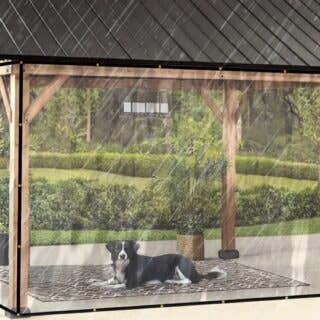

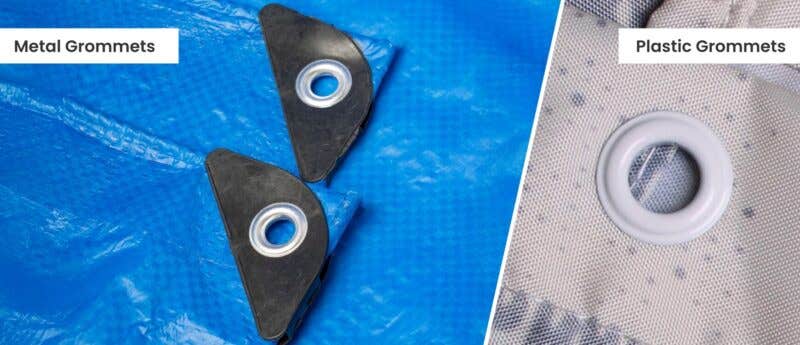
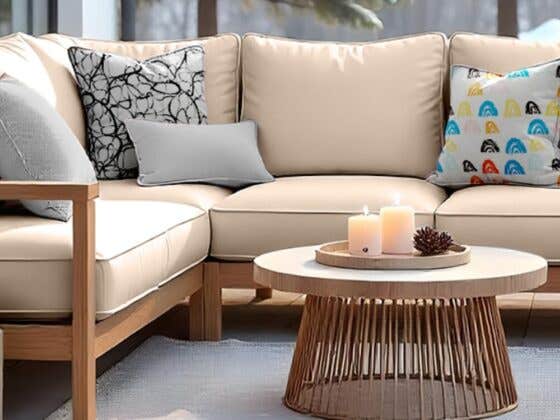

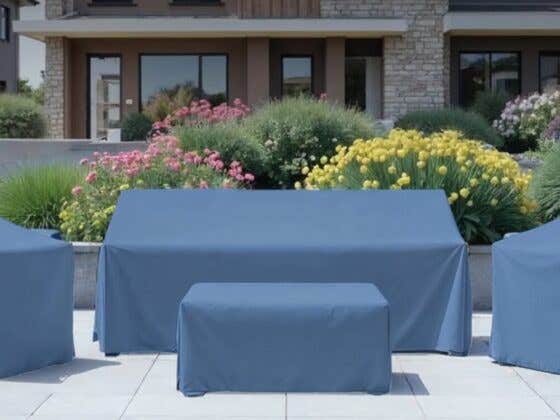
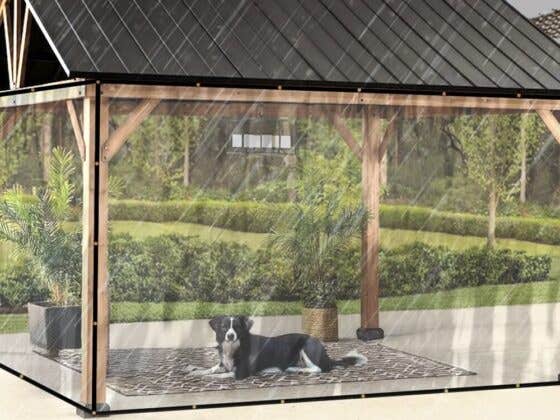

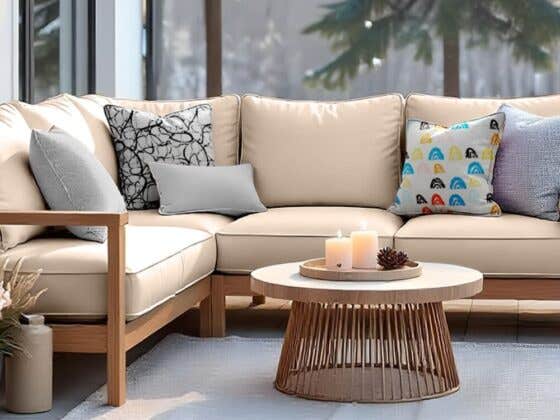
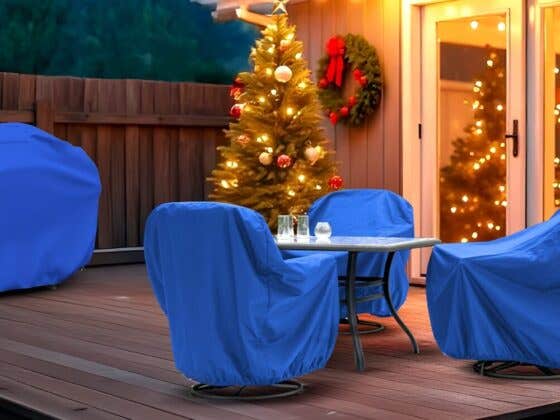

Recent Comments